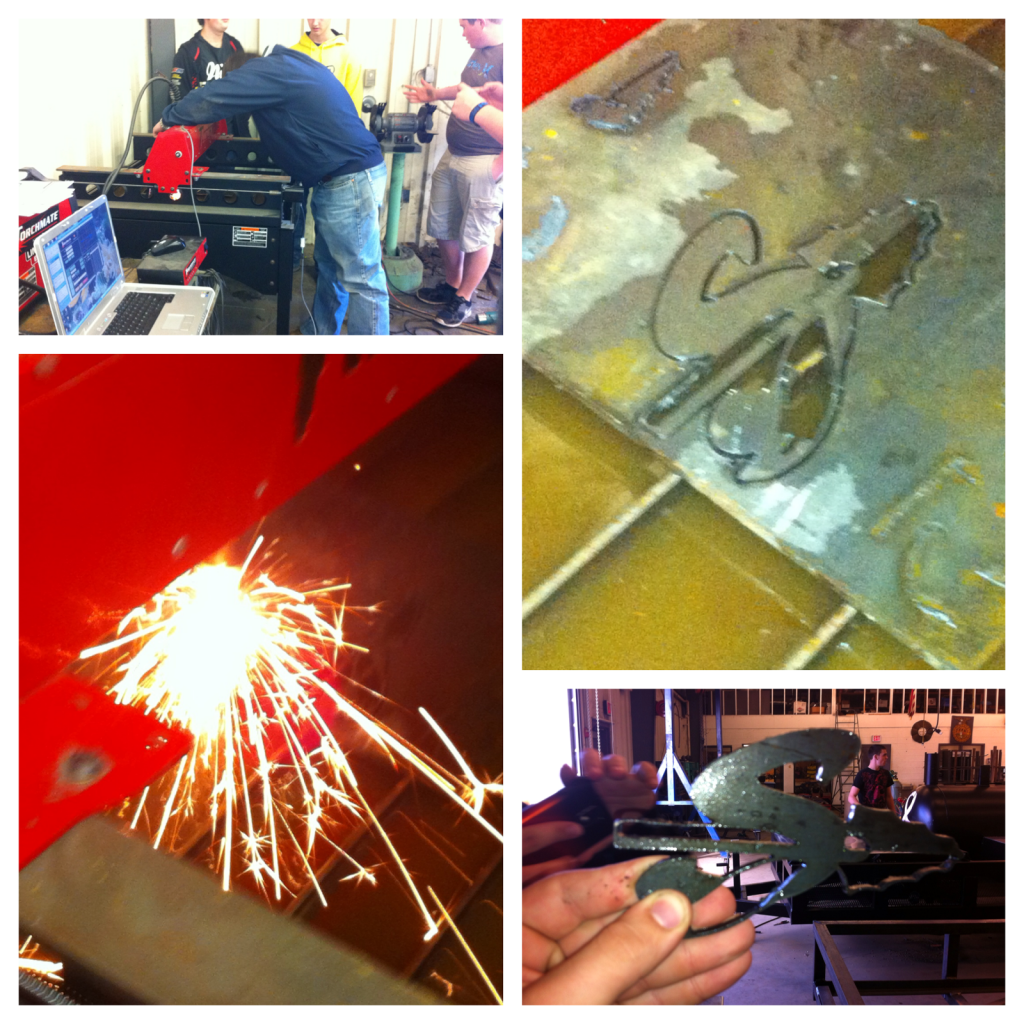Capturing student learning – assessment and feedback – how do we quickly and efficiently measure understanding? These are very important when looking at technology as a tool to integrate with instruction. This week’s Tuesday’s Tech Tips is primarily focused on resources that will help you assess student understanding using technology without getting bogged down. To start off, I think it is important to get a good overview of what effective technology integration is about. This first video from Edutopia is well worth your time.
An Introduction to Technology Education
Integrating technology with face to face teacher time generally produces better academic outcomes than employing either technique alone.
http://www.edutopia.org/technology-integration-introduction-video

The Road Ahead…
Kim Babin at CCI shared this video with me. It is an awesome example of where all this should be going. The kids used iPads, MacBooks, even an old Dell, to create a digital documentary out of a classroom literacy project. It is well worth your time. Kudos to Kim!
Socrative.com
Socrative is an awesome way to quickly create free on-line quizzes which students can take using a cell phone, tablet (iPad or Kindle), or a laptop. There is even a method of letting several students take turns with the same device if needed. There is a good introductory video about using Socrative on their website. The video below demos how to use socrative as a quick exit ticket strategy. Exit tickets are quick little assessments that students take at the end of class or a lecture to give you feedback about what they’ve learned. You can monitor the scores in real time and download the results in a spreadsheet.

Socrative Web Site – http://www.socrative.com
http://vimeo.com/socrative/intro (This link may be filtered depending on your campus.)
Socrative Exit Ticket and Space Race – http://www.youtube.com/watch?v=0wNnVUKVIAc

A Favorite Formative Assessment: The Exit Slip
“When we think about all the different ways we check for understanding in the classroom, a go-to strategy for many teachers has always been the exit slip or exit ticket. For this strategy, students write at the conclusion of learning, sometimes on a half-sheet of paper with sentence starters provided. It’s then collected by the teacher. Why a favorite? Being that they come at the end of a lesson, unit, or segment of study, exit slips give teachers a snapshot of the overall student learning.”
Using Media for Assessment
I really like Apple technology for students creating media based products to show what they know. Start with the Performance Indicators from the IFD in CSCOPE. If you start with the PI’s, it’s easier to integrate technology. The folks at ESC 12 have created a great resource for taking the verbs from the performance indicators and linking them to technology resources your students can use.
High Tech CSCOPE Verbs I wrote a guided explanation of how to use this resource earlier this year. Click here for the instructions:
Connecting EdTech to CurriculumHere is a student example of using a cell phone to capture a
video explanation of some Geometry concepts. I used this clip at last year’s math conference. (Yeah, I put her up to it. My family always gets the “privilege” of helping me with these things. If you see Cassie or either of my girls, they definitely deserve a pat on the back or a hug for putting up with all my “great ideas” over the years.)
Don’t forget about Marzano
Robert J. Marzano’s 9 instructional strategies work really well with both CSCOPE and technology integration.
In this video, Dr. Marzano talks about integrating technology into teaching and the need for keeping up with change. You can find a good
review of the Marzano 9 on Leander ISD’s website. It also has links to other resources that will help you. Here is a
visual diagram as well. Start with any one strategy and begin by simply substituting a technology tool. For Identifying Similarities and Differences, the students can use spread sheets, charts, or drawing tools to substitute for Venn Diagrams. To take it to the next level, have your students create INFOGRAPHICS using sites like
Infogram or
Visual.ly. Instead of simply summarizing, have students cut and paste text into
Wordle to see which words stick out. Ask them what patterns they see and why.
From Small Beginnings….
Remember to start small. You are more likely to be successful with small instances of integrating technology into your class. Be consistent. Make sure that anything you do is to support student learning and aligned with our curriculum objectives. Give yourself and your permission to make mistakes. Don’t give up. We all feel awkward or uncertain at times. So do our students. We don’t have to be completely in control of the learning process 100% of the time. Some of the best learning comes from making mistakes and discovering together what works. Focus on what you can do instead of what stands in your way. Use what you have and be hungry for what you would like.



